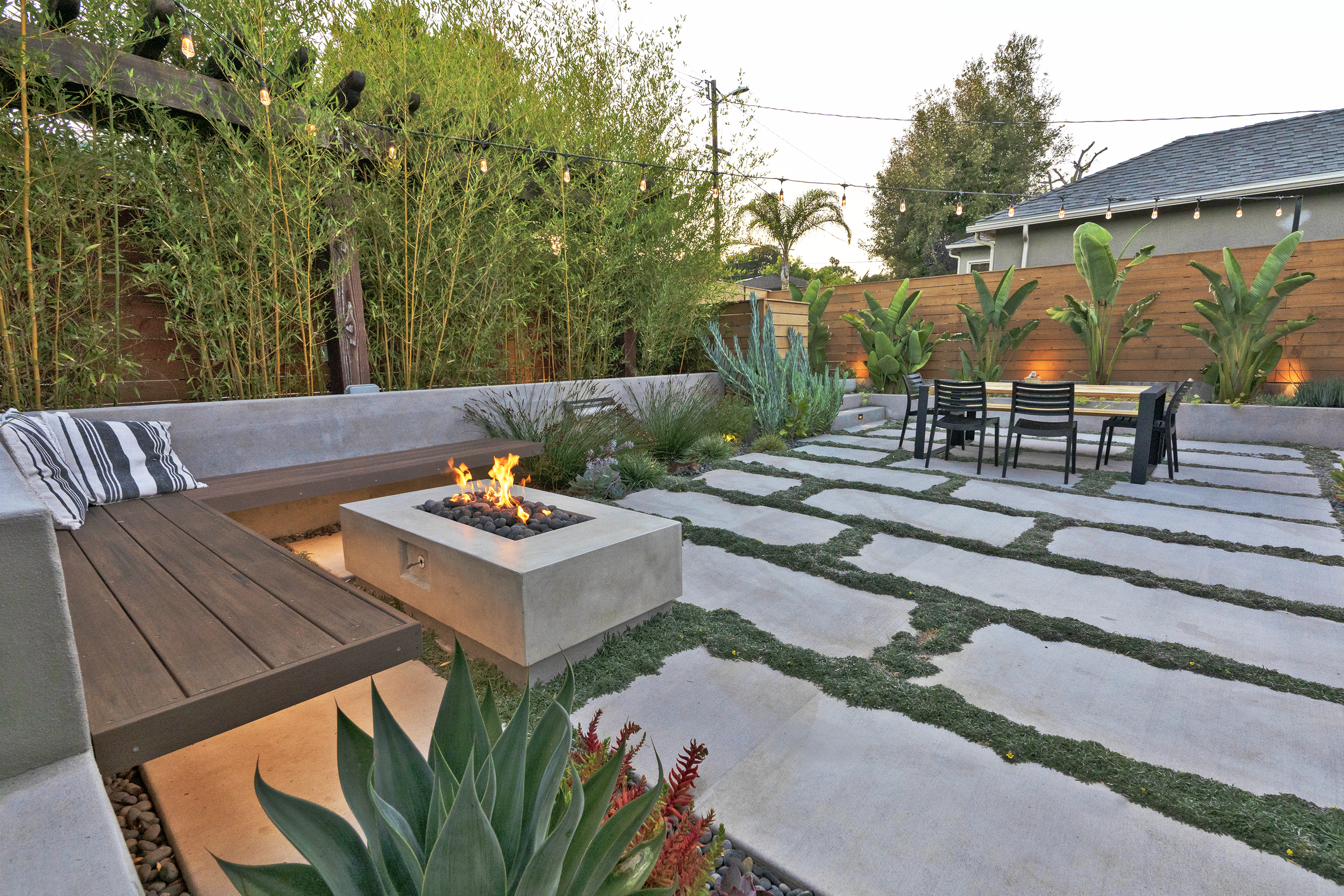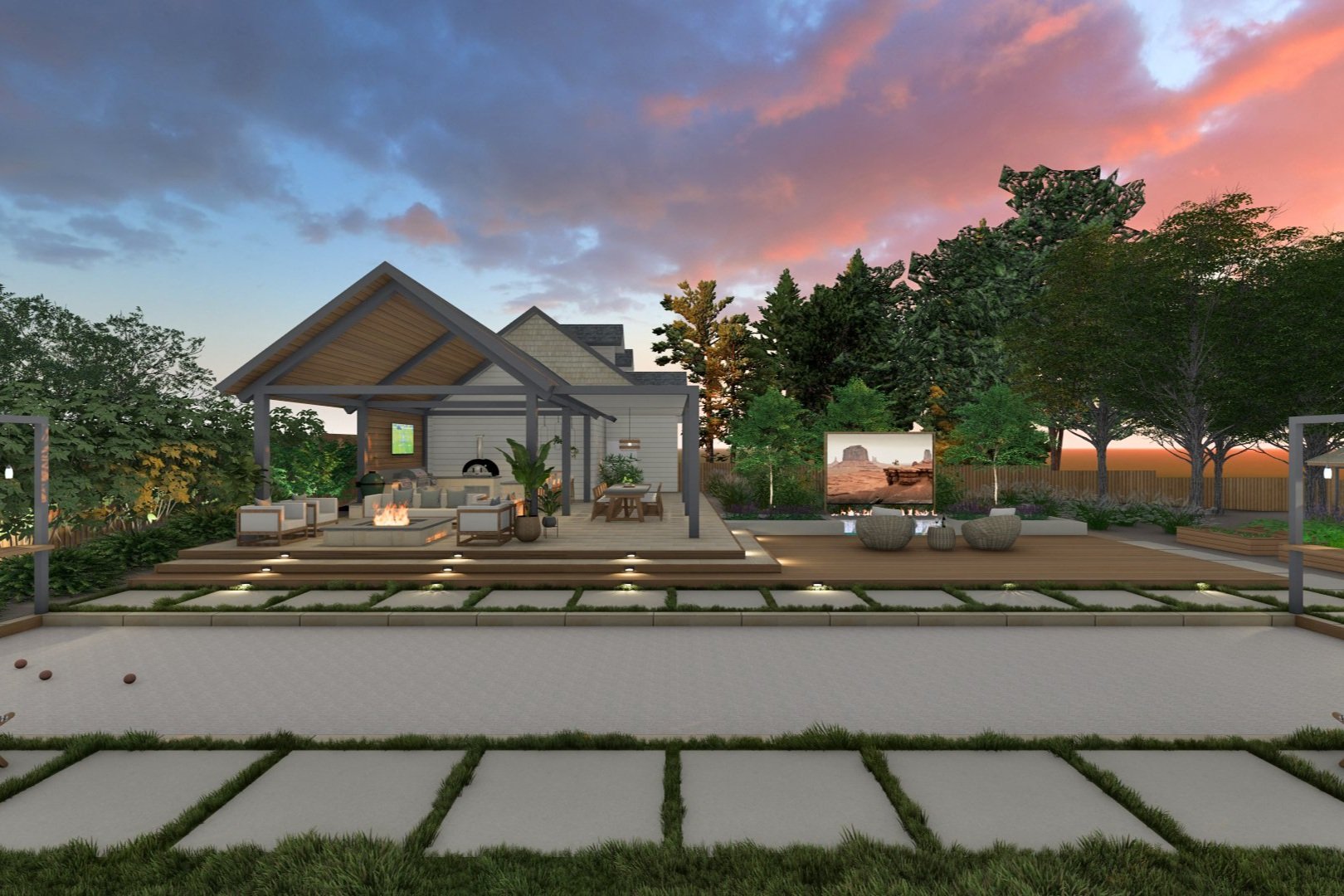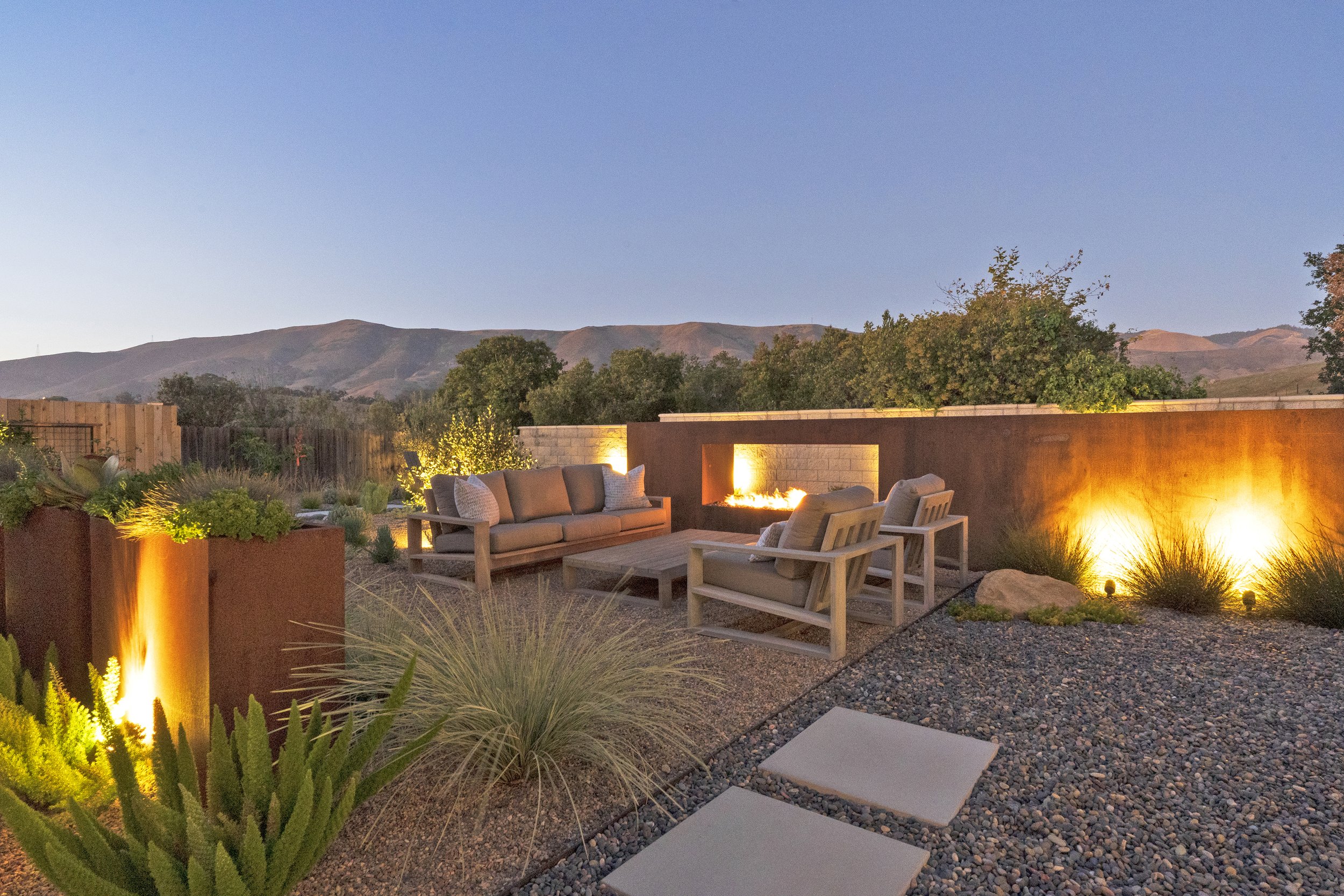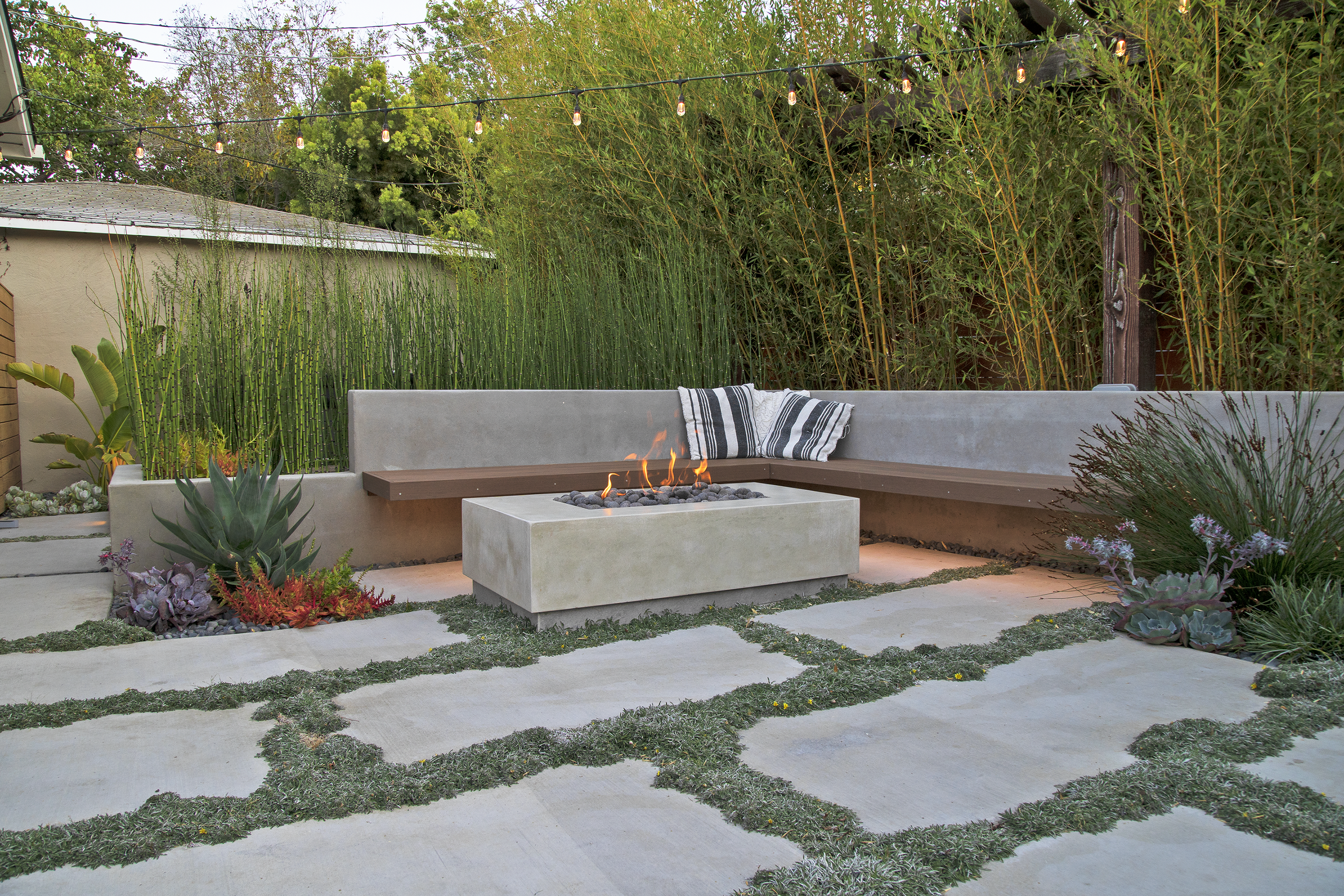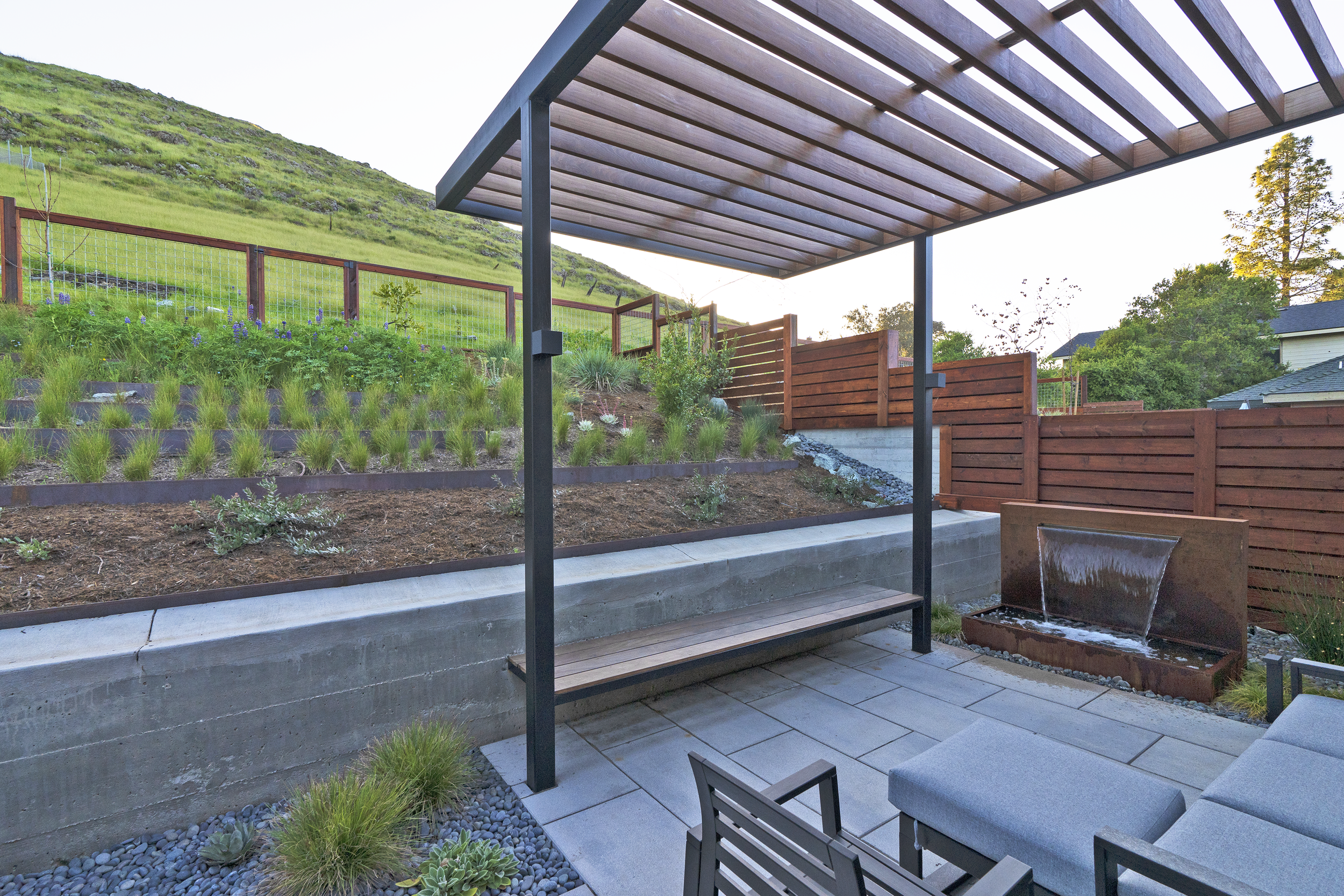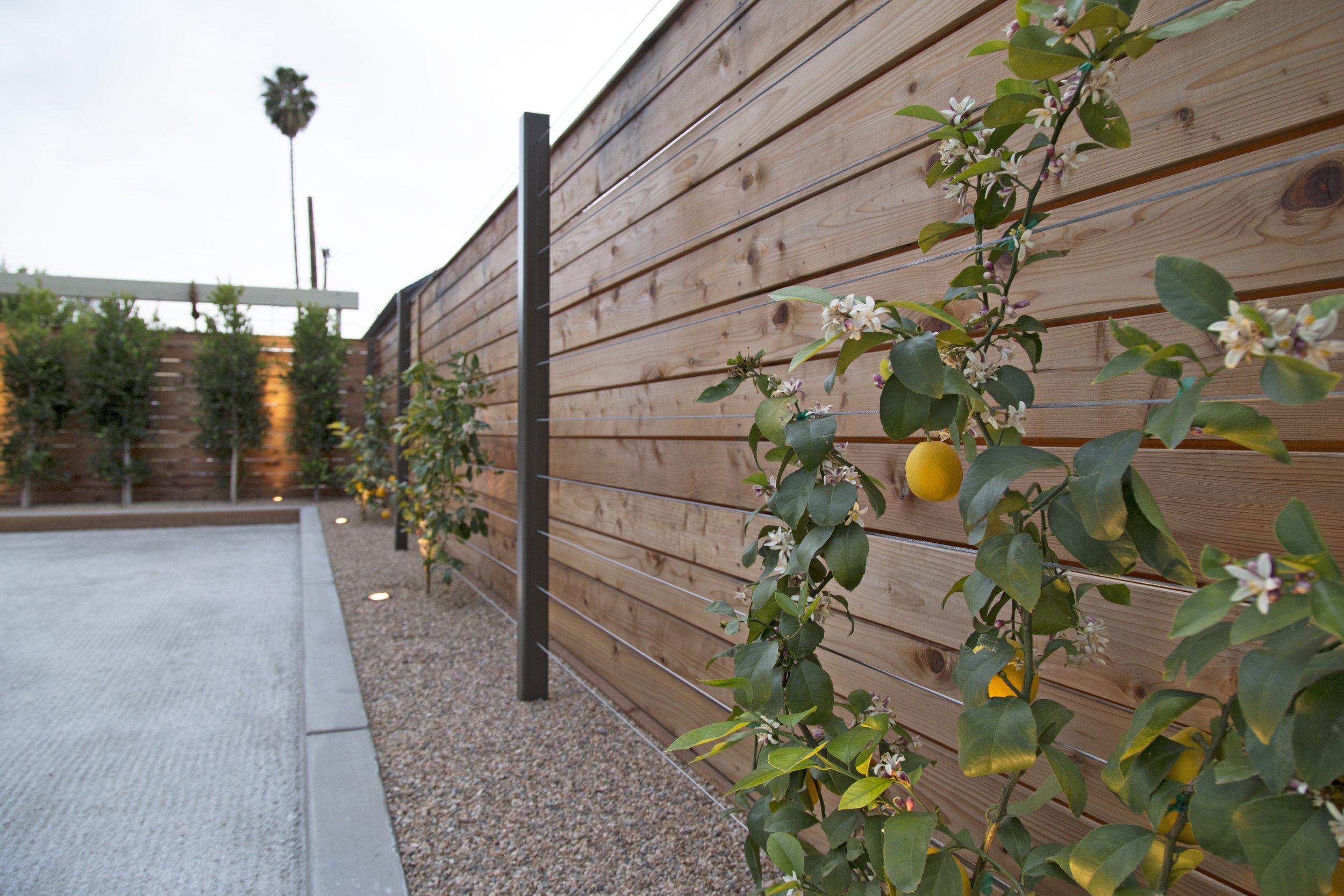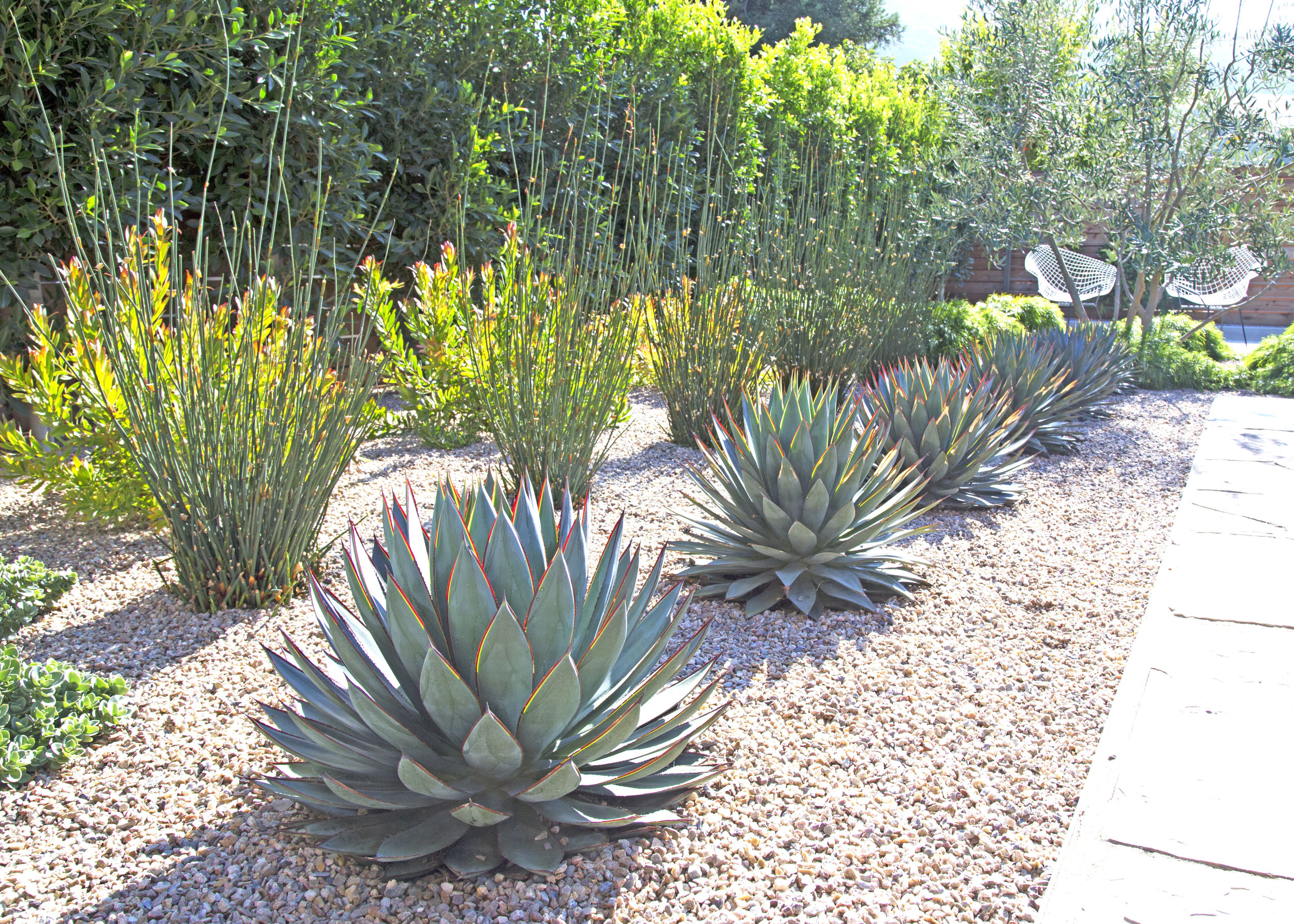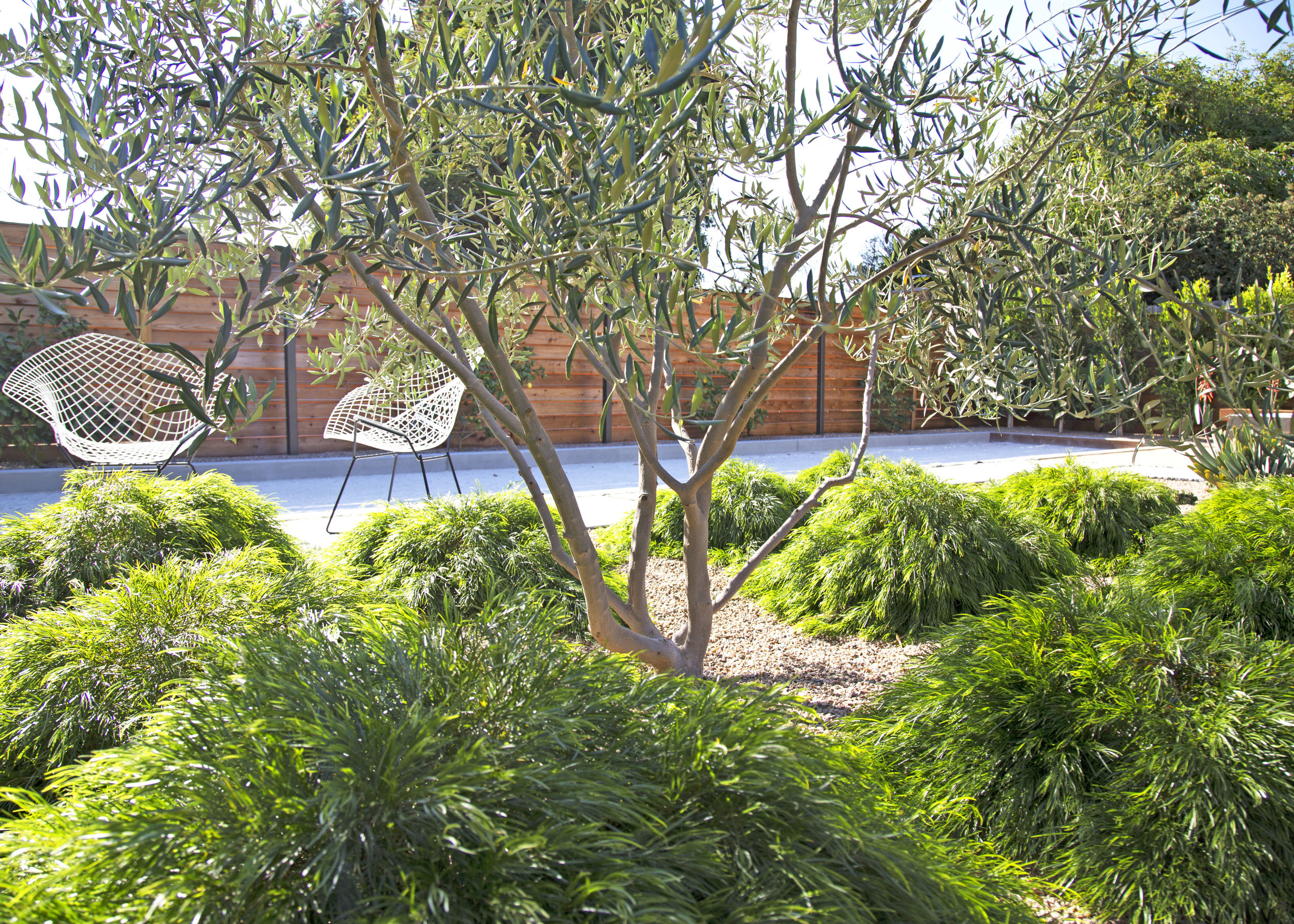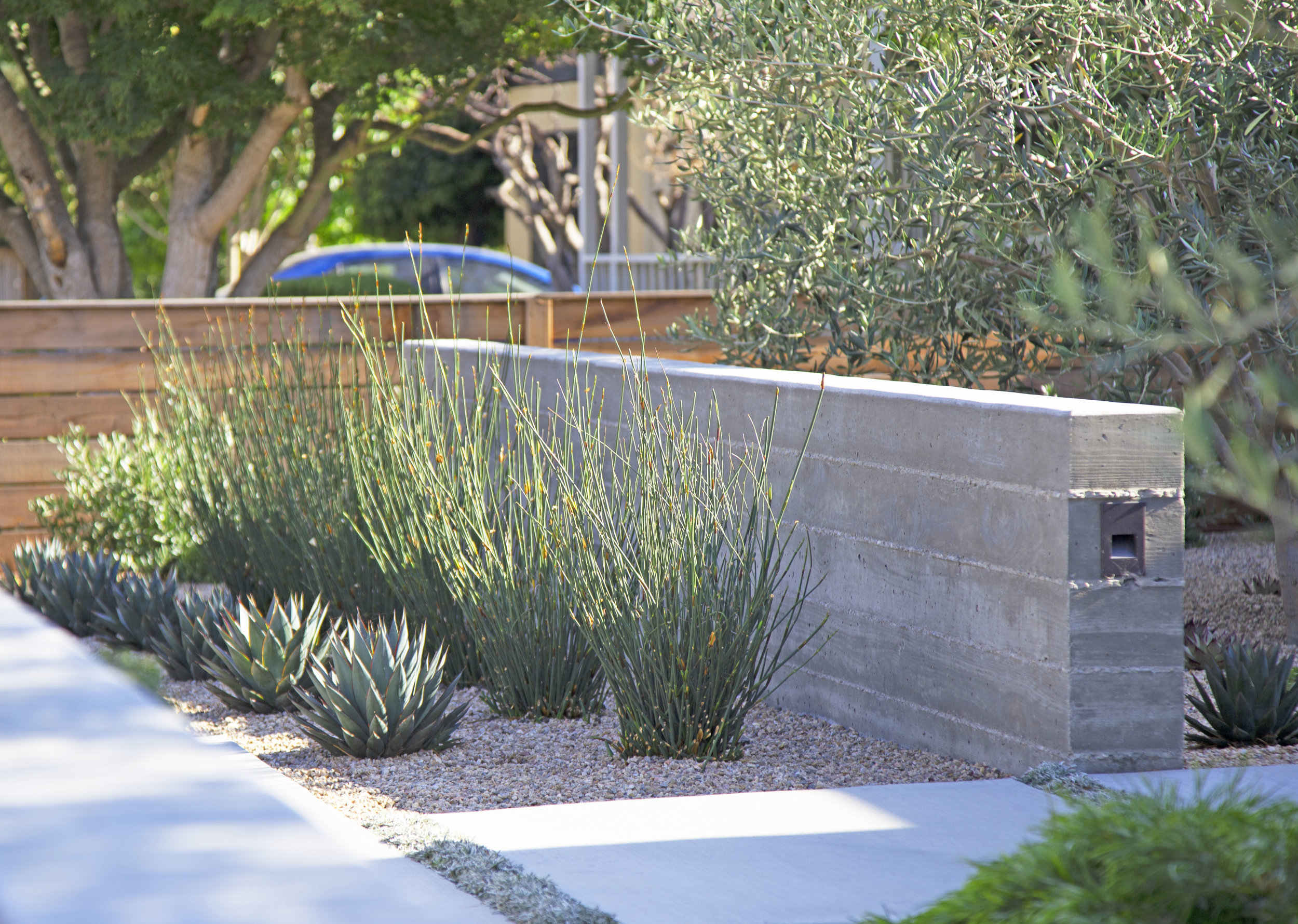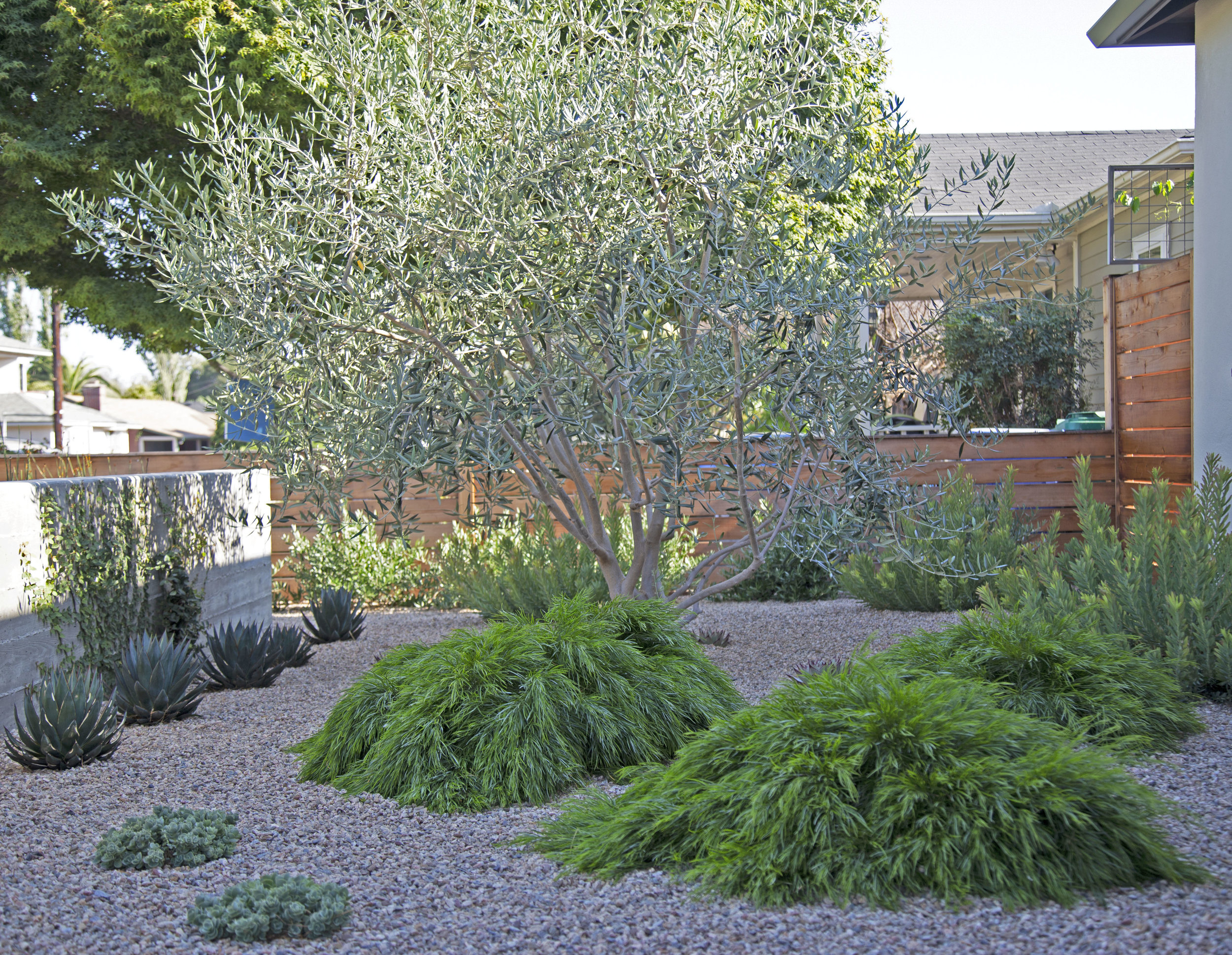At the root of every successful landscape design-build project is a comprehensive understanding of the project site. During the site assessment phase of our landscape design process, we set out to glean what we can from each property we are creating a design for. We note current site conditions, take tons of photos, and gather measurements and slope information. We round up any previous site or house plans, and we familiarize ourselves with any building regulations that pertain to the property. Our clients also complete a design questionnaire to capture their often unmatched knowledge of property, which helps ensure that our landscape design addresses all information relevant to the project site. As we make our way through the site assessment phase, here are the various features of each site that we evaluate:
1. Topography
Is the site level, sloped, terraced, or does it have varying types of terrain in different areas? How does the existing topography influence access and drainage patterns throughout the site? A topographically diverse site can often provide unique and exciting design opportunities, but it can also pose challenges when it comes to constructability. Topography that is difficult to navigate can limit equipment access, require extra labor to move materials, and trigger the need for steps, retaining walls, and complex drainage systems, subsequently increasing the price tag of the project.
2. Climate
What USDA and/or Sunset Climate Zone is the site classified under? Where are any areas of full sun or full shade? Is anywhere on the property particularly windy or exposed? Is the climate on site influenced by surrounding topography, or the ocean? Understanding regional climate and microclimates on site is essential during the plant selection phase. On the Central Coast, we’re incredibly lucky to have an extensive variety of plants that grow well in our area, but with huge temperature differences within SLO County, it’s important to know which plants are appropriate (or not) for each site. Depending on climate, a client may also want to explore adding heaters, a fire feature, fans, a pool or water feature, or a wind screen to the design for their outdoor space.
3. Soil Type + Condition
Is the soil sandy, loam, heavy clay, or a mixture? Has the soil been amended? Has the soil been degraded by compaction, pesticide/fertilizer use, or other disruptive or polluting activities? Is the soil extra dry or saturated in areas that could be restrictive when it comes to planting? Soil type and condition can impact several aspects of a landscape design-build project, such as determining the suitability of certain plants and/or amendment requirements, influencing which hardscape materials we recommend and how they are installed, and altering how we approach site drainage.
4. Existing Vegetation
Are there any existing trees or other vegetation on site? If so, are the plants healthy and site-appropriate? Do they need pruning? Are they currently being irrigated? Do they provide shade, seasonal color, animal habitat, food for pollinators, or other benefits? Are there any existing lawn areas to maintain or replace? Keeping existing plants and trees can help reduce the scope, cost, and ecological impacts of a project, and it is often recommended if the vegetation can be easily incorporated into the landscape design. That being said, plants/trees that are not well-suited for the site, are unhealthy or toxic, have invasive root systems or high water requirements, are poorly located, etc. should likely be removed. When selecting new plants for each space, we strive to keep the plant palette cohesive with any plant material that already exists on site.
5. Exiting Infrastructure
Is there an existing irrigation system, drainage system, and/or low-voltage lighting system? What condition are these systems in, can they be adapted or upgraded, or do they need full replacement? Where is the electrical panel and what capacity does it have? Are there any stub-outs for natural gas, spigots, sleeves or conduit? Knowing the answers to these questions is crucial to proper project planning and can play a big role in the feasibility and cost of building out certain design elements. Ideally, we’d have a clear picture of all existing infrastructure during the site assessment so we can plan accordingly during the design, but for sites with unmarked/unknown underground lines, we carefully explore during the excavation and demo phase and adapt as necessary.
6. Existing Built Environment
Are there any existing (or planned) structures on site? Are there any retaining/site walls or fences? Are there any walkways, steps, patios, driveways or other hardscape areas? If so, what is the condition of the built elements? Are there any materials that can be reused? For our residential projects, the most prominent structure on site is often a house; the placement, size and orientation of the residence typically determines the amount of space available for the outdoor living area and landscape, as well as where access is needed. Architectural style and exterior finishes also come into play as the design details are developed. As with existing vegetation, maintaining built elements such as walkways and retaining walls can help when the budget is limited - but that approach can also hinder access, make it more challenging to achieve proper drainage, reduce uniformity with a mix of old and new materials, and depending on its condition, it can ultimately undermine the integrity of the newly designed landscape.
7. Views + Privacy
Are there any views that need to be screened or emphasized? Are there any interior views of the outdoor space(s) to factor into the design? Is there a need for privacy or noise buffering from roadways or neighbors? These considerations are paramount when aiming to create a peaceful, secluded outdoor space for our clients to enjoy. Privacy and noise reduction can be achieved through thoughtful placement of a planted screen, water feature, fence, or patio cover. With so much natural beauty around us, a client may also want to capitalize on an ocean view, highlight a specimen tree as a focal point, or build out a deck overlooking the local peaks.
8. Easements, Setbacks + Permit Requirements
Which city, county or municipality has jurisdiction where the project is located? What are the setback regulations for the property? Are there any existing easements to note? Which, if any, elements to be included in the design may require engineering and/or a permit, what does that process look like, and what are the associated (projected) costs? Will the project need HOA approval? These often overlooked questions can throw a major wrench in the process, if they are left unanswered as the design develops. Luckily, in many cases, the answers to these questions are known ahead of time or are easy to find, and have a minimal impact on the feasibility, cost and workflow of the project. In certain cases it’s not always so straightforward, and it may take some extra time and digging through resources to figure out the best path forward.
Every project is different, and each site presents unique challenges and opportunities to explore. The site assessment may seem like a daunting task, but with our collective expertise, available resources, and the tools at our disposal, it’s become second nature for our team. This fundamental step informs the remainder of the design-build process, resulting in a more deliberate and detail-oriented landscape design for our clients!



